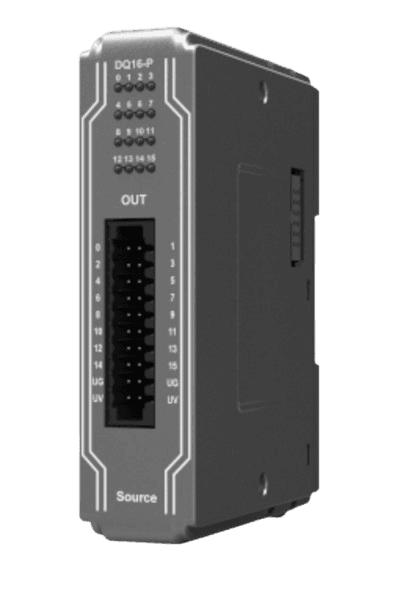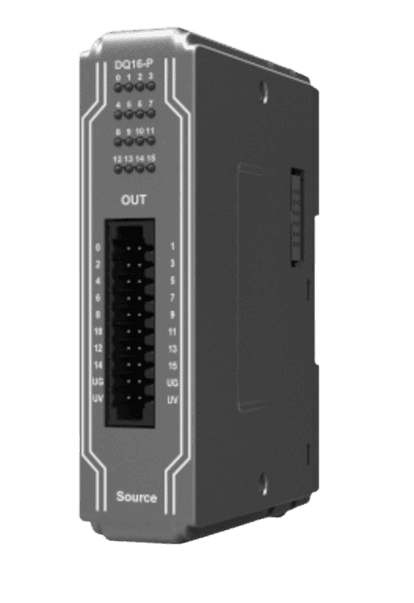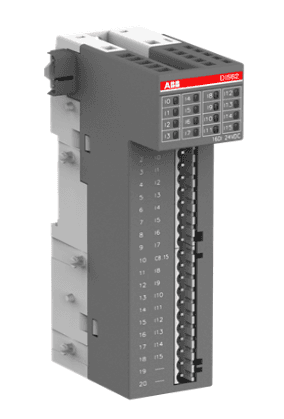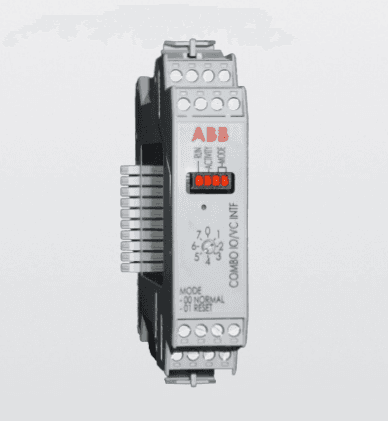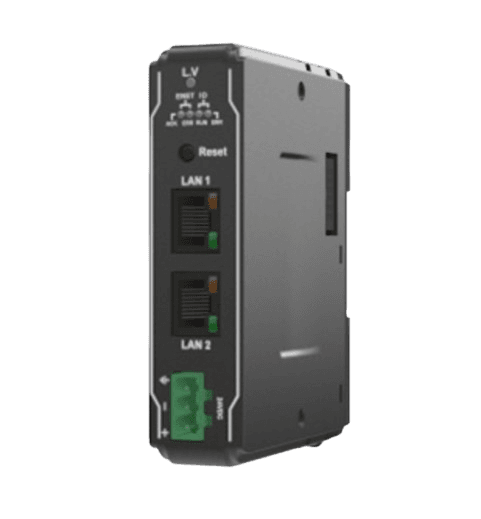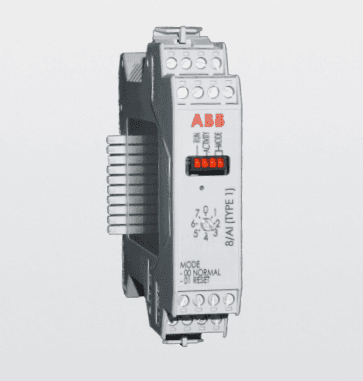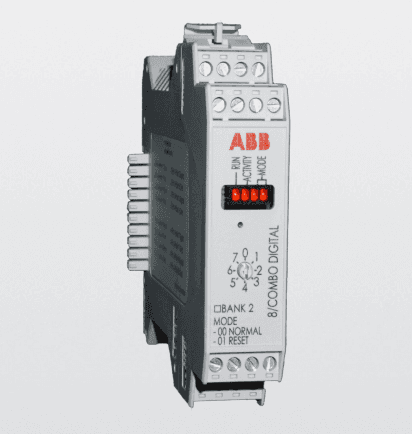All categories
Programmable Logic Controllers
Programmable Logic Controllers on Advantage Electric Supply

Programmable Logic Controllers
A digital computer known as a programmable logic controller (PLC) is utilized by industrial entities to manage computer systems. It observes inputs and determines corresponding outputs, making it a crucial element in systems for predictive maintenance.
Programmable Logic Controllers
General Guide & Overview
Programmable Logic Controllers (PLCs) are digital computers used in industrial organizations to control computer systems. They monitor inputs and make decisions about related outputs, making them an essential component in predictive maintenance systems. PLCs have a rich history, with the first one being developed by Dick Morley in 1968. Over the years, PLC technology has evolved, from physical relays and timers to PC-based software.
PLCs can be classified into different types, such as PLCs, PACs, SCADA, DCS, and DDC, each serving specific automation needs. They consist of key components, including inputs, outputs, CPUs, communications, and HMIs. PLCs operate through a scan cycle, continuously monitoring inputs, executing control programs, and controlling outputs.
Different programming languages, such as ladder logic, structured text, instruction list, function block diagram, and sequential function chart, are used to program PLCs. Compact and modular PLCs offer flexibility and scalability. PLC maintenance is essential for optimal performance, with tasks such as cleaning dust, replacing modules, and checking connections.
Types and Components of PLCs
Programmable Logic Controllers (PLCs) come in various types, each designed to meet specific automation needs. Two main types of PLCs are compact PLCs and modular PLCs. Compact PLCs are integrated single-unit systems with the processor, power supply, and I/O modules all housed together. They are ideal for smaller applications due to their smaller physical footprint. On the other hand, modular PLCs offer flexibility and scalability, allowing for easier system expansion. They are often preferred by larger or growing companies that require more extensive control.
A PLC consists of several critical components that work together to perform its function. These components include inputs, outputs, CPUs, and communication capabilities. Inputs are connected to sensors and devices to gather data and information. The gathered data is then processed by the CPU, the brain of the PLC, which evaluates and makes decisions based on the input. The output devices, connected to outputs, control various components such as valves and motors to execute the desired actions.
PLCs also have communication capabilities, enabling integration with other devices and systems in the industrial environment. This ensures seamless coordination and interaction between different elements of the automation system. PLCs are an essential part of automation systems, providing reliable control and efficient operation across various industries.
PLC Maintenance Best Practices
Proper PLC maintenance is crucial for ensuring optimal performance and minimizing breakdowns. By following a comprehensive PLC maintenance checklist, you can keep your system running smoothly and prevent costly downtime.
Here are some important PLC maintenance tasks:
Cleaning dust from input and output devices to prevent signal interference and component failure.
Changing filters regularly to control dust accumulation and maintain proper ventilation within the PLC system.
Inspecting connections for secureness to avoid loose connections that can disrupt communication and reduce reliability.
Replacing worn-out modules to prevent malfunctions and ensure accurate processing of data and commands.
Increasing awareness of unusual activity by monitoring error logs and system performance to identify potential issues before they escalate.
Backing up PLC data regularly to protect against data loss in the event of a system failure or unexpected event.
Monitoring environmental conditions such as temperature and humidity to ensure they are within the specified operating range.
Calibrating devices periodically to maintain accurate measurements and prevent deviations that can impact system performance.
Conducting visual inspections of the PLC system to identify any physical damage, loose connections, or signs of wear and tear.
Checking LED lights for proper functionality, as they provide valuable diagnostic information.
Inspecting sensors to ensure they are clean, properly aligned, and functioning correctly, as they are critical for accurate data acquisition.
Addressing electromagnetic interference by keeping sensitive components and wiring away from sources of electromagnetic radiation.
Reviewing the proximity of equipment to identify potential interference and ensure proper positioning for efficient operation.
Keeping the PLC system up to date with recalls and upgrades to benefit from the latest software patches, enhancements, and security updates.
The frequency of maintenance tasks may vary depending on factors such as the surrounding environment, machine usage, and available maintenance staff capacity. It is recommended to perform daily tasks such as dusting and tidying, while more specific tasks can be scheduled at regular intervals or based on manufacturer recommendations.
FAQ
A programmable logic controller (PLC) is a digital computer used in industrial organizations to control computer systems. It monitors inputs and makes decisions about related outputs, making it an essential component in predictive maintenance systems.
The first PLC was developed by Dick Morley in 1968.
PLCs operate through a scan cycle, continuously monitoring inputs, executing control programs, and controlling outputs.
PLCs can be classified into types such as PLCs, PACs, SCADA, DCS, and DDC, each serving specific automation needs.
The key components of a PLC include inputs, outputs, CPUs, communications, and HMIs.
Different programming languages, such as ladder logic, structured text, instruction list, function block diagram, and sequential function chart, are used to program PLCs.
PLCs offer advantages such as flexibility, scalability, easy expansion, integration with other devices and systems, and improved processing speeds.
PLCs are used in various industries, including manufacturing, automation, oil and gas, energy, and transportation.
PLC maintenance is crucial for ensuring optimal performance and avoiding breakdowns. Regular tasks include cleaning dust, replacing modules, and checking connections.

